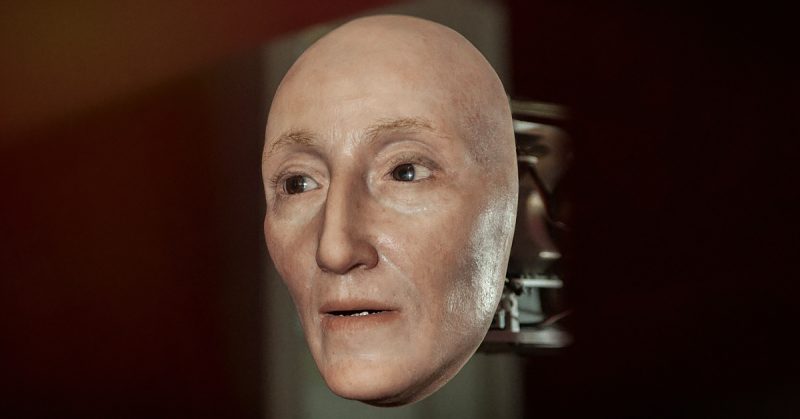Elizabeth I is one of the most recognizable monarchs of British royal history. Her flame-red hair, youthful complexion, characteristic clothing, and oversized neck ruffs mean that she is easy to spot in a line-up of British icons.
Elizabeth was acutely aware of the importance of public image and worked especially hard to control the way in which she was represented in official portraits.
However, a new exhibition at London’s Queen’s House in Greenwich is attempting to dismantle this carefully crafted regal image.
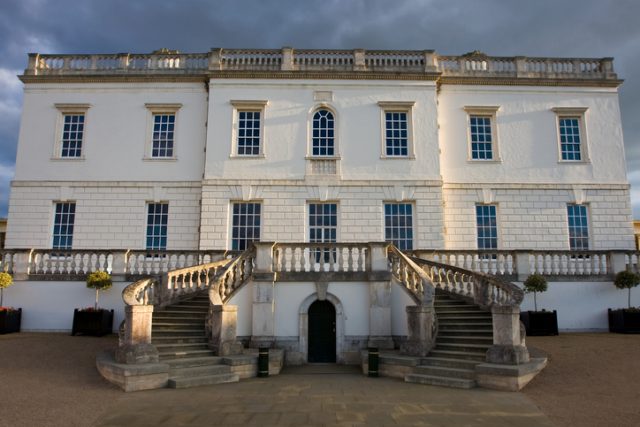
According to the Guardian, British artist Mat Collishaw has created an art installation that projects an alternative representation of Elizabeth in her later reign.
The installation has been constructed directly opposite the Armada Portrait, probably the most famous painting depicting Elizabeth I. It was commissioned in 1588 in celebration of the impressive English victory over the Spanish Armada and is intended to represent the glory of England and her monarch.
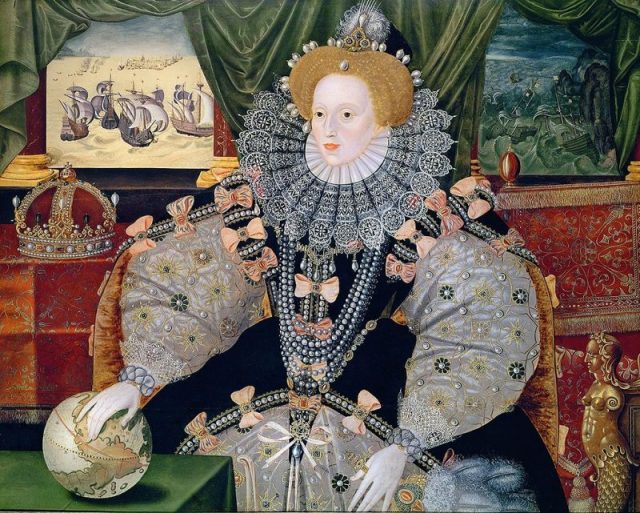
In the painting, Elizabeth is dressed in a lavish gown with puffed sleeves, bows, and an enormous ruff surrounding her neck. Her auburn hair is studded with pearls. Her complexion is smooth and milk-white, and she appears remarkably youthful, considering that she was, at this point, in her mid-fifties.
According to the Guardian, this carefully crafted image was explicitly designed to reinforce Elizabeth’s divine queenship. She favored colors such as black and white, which were said to represent her virginity and purity.
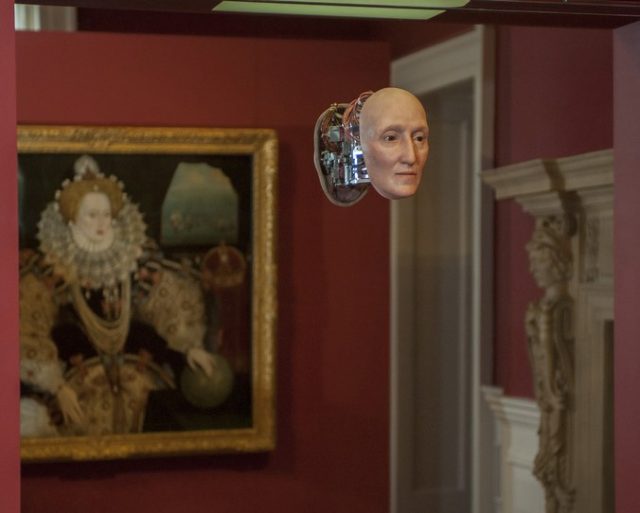
Like many women of the age, she wore a wig in public, which would be studded with pearls, once again symbolizing her virtue. Her jewelry and crown was a reminder of her royal authority, and her hand, delicately placed on the map of the world, pointed to England’s place as a global imperial power.
According to the Telegraph, Collishaw wanted to challenge this “mask” of power and authority. As part of the installation, he has created an animatronic face, depicting Elizabeth as an older woman, with the trappings of her royal position stripped away.
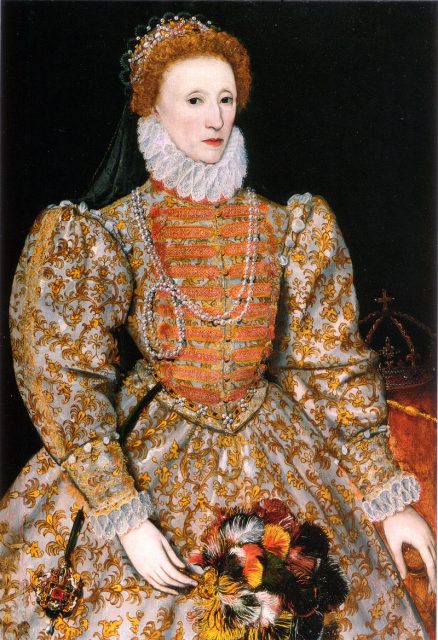
This alternative mask shows Elizabeth without her wig, her eyes dark and slightly sunken, and her face without makeup. In her later years, Elizabeth wore a thick layer of makeup to cover her facial scars, the result of a brush with smallpox in 1562. In Collishaw’s animatronic we see Elizabeth’s wrinkles, scars, and even a little facial hair.
Perhaps the most striking aspect of the piece, however, is the movement of the face. The eyes dart from side to side, creating the impression of fear and uncertainty, and contrasting with Elizabeth’s impassive expression and steadfast gaze in the Armada Portrait. The mouth opens and closes, but there is no voice, emphasizing Elizabeth’s lack of individual agency in her role.
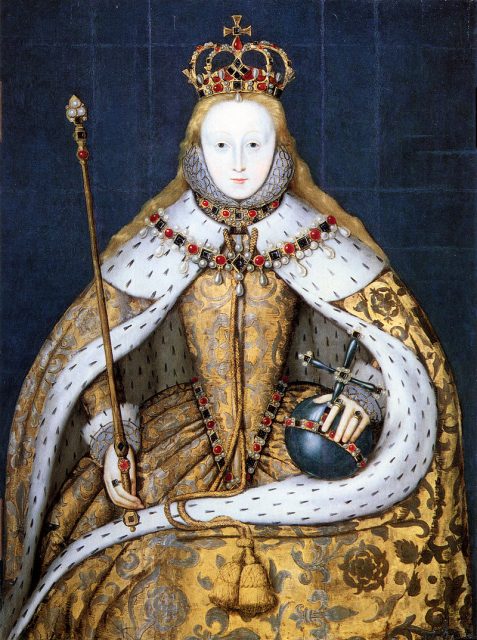
This installation presents an alternative view of Elizabeth as a woman trapped in the role of queen, her individuality and self obliterated by the weight of the office that she bears. Collishaw’s “living death mask” is placed directly opposite the Armada Portrait, conjuring the idea that Elizabeth is looking in a mirror, with an alternate version of herself reflected back.
Elizabeth was a female monarch in a deeply patriarchal society, and her position was always precarious. She needed to project two contradictory images simultaneously: a virginal, pure and chaste queen, and a virile, powerful and dominating ruler.
Her body was viewed as an extension of the monarchy and the state itself, and was, therefore, a canvas on to which symbols of power and authority could be painted.
Read another story from us: The Most Intriguing Special Privileges of Queen Elizabeth II
Collishaw’s installation invites the viewer to look again at this iconic queen and to explore the “other face” of Elizabeth – a vulnerable woman in a dangerous, patriarchal world, in which her safety was guaranteed only as long as she continued to sustain a visual discourse of royal power.
